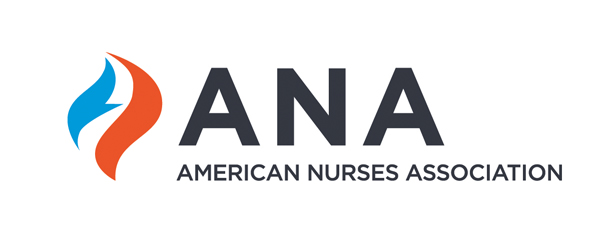Organization extends olive branch to ethnic nurse organizations, minority nurses
by Sophie Putka, Enterprise & Investigative Writer, MedPage Today
On July 12, the American Nurses Association (ANA) released a formal apology to nurses of color for the organization’s history of systemic racism.
“We apologize for the named and the unaccounted-for harms,” its statement on “racial reckoning” read. “Our past actions have caused irreparable physiological, psychological and socioeconomic harm, not only to nurses of color but to all patients, families and communities that depend on ANA as the national leader of the nursing profession.”
The statement is the start of what ANA leaders said is an ongoing effort to account for past and persisting racism, to seek forgiveness, and to reconcile with ethnic minority nurse associations like the National Black Nurses Association (NBNA) and National Association of Hispanic Nurses (NAHN) — groups that had formed largely as a reaction to the ANA’s historic exclusion.
It’s the first step, ANA leadership said, in the organization’s work toward a more equitable and inclusive organization. (story continues below)
“What we quickly came to realize as ANA is, our credibility in this space of addressing the bigger picture of racism in nursing, really could be called into question because of our past actions and history,” Cheryl Peterson, MSN, RN, ANA’s vice president of nursing programs, told MedPage Today.
For example, in 1919, the newly-renamed ANA switched from allowing nursing school alumnae group members into ANA to only allowing members of state and city-based nursing associations to join. The local associations began denying membership to Black nurses, effectively blocking their entry into the ANA. In 1948, the ANA changed their rules to allow other nurses, but states and districts didn’t fully drop their discriminatory membership policies until the mid-1960s.
In another incident, the ANA president in 1939 invited then-president of the National Association of Colored Graduate Nurses (NACGN) to a meeting to discuss issues facing Black nurses. The hotel in New Orleans, however, wouldn’t let the NACGN president enter unless she used the service entrance and freight elevator. The ANA president declined to protest the racist policy, and though she offered to also use the service door in solidarity, she had “failed to step into a space of advocacy and support,” the ANA acknowledged in its apology statement.
Another harmful ANA action was its endorsement of a position paper in 1965 that insisted nurses should have a baccalaureate degree at minimum, effectively excluding many nurses of color that had gone to the non-baccalaureate nursing schools that were accessible to them.
These choices by the ANA, along with others, have had cascading effects that prevented nurses of color from advancing as they might have otherwise in organization leadership and their own careers. Racism continues today, as a 2021 survey of 5,600 nurses revealed 63% experiencing racism at work — mostly from coworkers and superiors.
Though many medical associations and professional groups have released statements on health inequities, only a handful, including the American Medical Association and the American Academy of Pediatrics, have admitted their own roles in preventing the advancement of Black medical professionals.
ANA has been partnering with other nursing associations as part of the National Commission to Address Racism in Nursing. By starting with an apology and naming historic harms, Peterson said they could begin to build back the trust with other nursing groups to take on the larger issue of racism.
“We have the leadership from our ethnic and minority nurse organizations. We have individual nurses who contact us and we have the Commission, and we’ve put ourselves out there to say we want to do better and we will do better, and they will hold us accountable,” she said.
According to her, doing better for the ANA includes plans to advocate for more representation and inclusion in textbooks, better reporting of race and ethnicity in publications, and greater diversity within leadership structure, among other goals. The association will also try to reconcile with the ethnic minority nurse associations, carry out a diversity, equity, and inclusion “impact analysis,” and create an oral history highlighting the contributions of nurses of color to ANA.
This sotry appeared in MedPage Today July 14, 2022 by Enterprise & Investigative Writer Sophie Putka.
Sophie Putka is an enterprise and investigative writer for MedPage Today. Her work has appeared in the Wall Street Journal, Discover, Business Insider, Inverse, Cannabis Wire, and more. She joined MedPage Today in August of 2021.
https://www.medpagetoday.com/special-reports/features/99725













